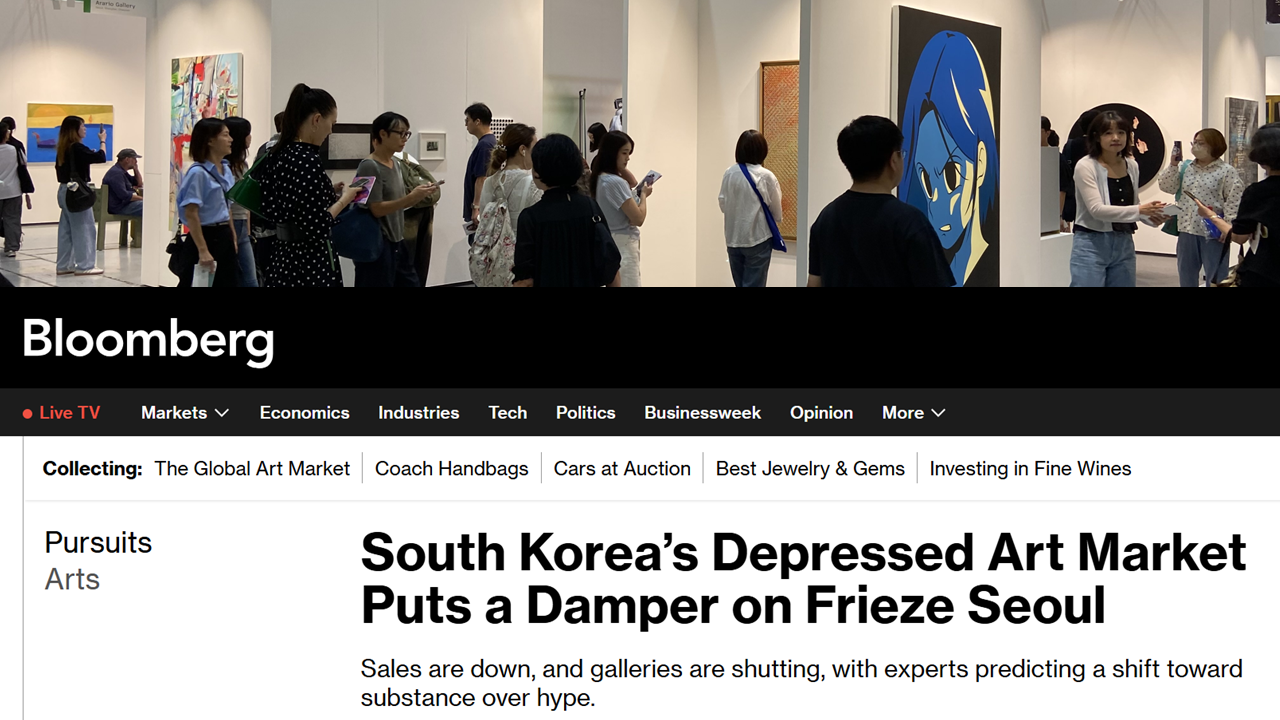Definition of the Art Market
The art market encompasses the economic activities involved in the buying, selling, exhibiting, and exchanging of artworks. It consists of a complex market structure with various participants interacting, including independent artists, large galleries, art dealers, auction houses, collectors, art critics, and investors. For example, the process of selling a Pablo Picasso piece at a Christie’s auction in New York involves the artist (or their estate), the auction house, and the buyer. This market not only assesses and circulates the financial value of artworks but also their cultural and artistic value, functioning as the hub for the determination and public trading of art prices. It plays a crucial role in forming the market value of artworks by evaluating their authenticity, artistic merit, and investment potential.
History of the Art Market
The history of the art market is closely intertwined with
human history. From ancient civilizations to modern times, artworks were
created for religious, political, and personal purposes. In the early art
market, art was primarily commissioned directly by powerful entities like the
church or royalty. During the Renaissance, the Medici family’s commissioning of
artworks from artists like Michelangelo is a notable example. With the
Industrial Revolution, wealth distribution diversified, and the middle class emerged,
leading to the democratization of the art market. In the 19th century, the
trade of artworks became more active, and the roles of galleries and art
dealers expanded. During this period, the perception of artworks as investment
assets also spread, gradually shaping the modern structure of the art market.
In contemporary times, the art market has globalized, with cross-border
transactions becoming commonplace through various art events and online
platforms. For example, international art fairs like Art Basel in Hong Kong
play a significant role in facilitating global art transactions.
Categories of the Art Market
The art market can be broadly divided into primary and secondary markets:
- Primary Market: This is where artworks are sold for the first time, directly from the artist or through their representatives. Galleries and art fairs often host these initial sales. For instance, emerging artists may have their works first displayed and sold at Art Basel. This market mainly deals with new artworks and provides opportunities to purchase directly from the artist.
- Secondary Market: This involves the resale of artworks that have already entered the market, primarily through auction houses. Auction houses like Sotheby’s and Christie’s resell works by artists such as Picasso, Monet, and Basquiat. The secondary market assesses the long-term value and artistic significance of artworks through their resale, serving as an essential investment avenue for collectors and investors.
Other types of art markets based on their purpose and form include:
- Commercial Galleries: These are spaces that exhibit and sell artworks for profit. For example, Galerie Perrotin in New York sells a wide range of contemporary art.
- Rental Galleries: These galleries rent out their exhibition spaces for a fee. Many galleries in Seoul’s Insa-dong follow this model.
- Private Galleries: These galleries sell artworks to a specific clientele and often do not hold exhibitions for the general public.
- Non-profit Galleries: These galleries operate with a focus on artistic value and social contribution rather than commercial profit. White Box Gallery in New York is an example, organizing various contemporary art exhibitions.
Roles of the Art Market
The art market plays a vital role in the distribution,
valuation, and cultural transmission of artworks. It supports artists' creative
activities and enables the public exhibition and private collection of
artworks, thereby disseminating their value widely. Additionally, it serves as
a central place for creating economic value, offering a significant asset class
for stakeholders interested in investment and collection. In the contemporary
context, it performs crucial cultural and economic functions, shaping global
patterns of art distribution and consumption. For example, Art Basel serves as
a central hub for the art market each year, attracting numerous artists,
galleries, and collectors.
As a complex space where art and commerce converge, the
art market contributes to discovering new artists and artworks, reassessing the
value of art pieces, and spreading art culture. Through these functions, the
art market establishes itself as an essential platform where artistic
creativity and economic value coexist.




























